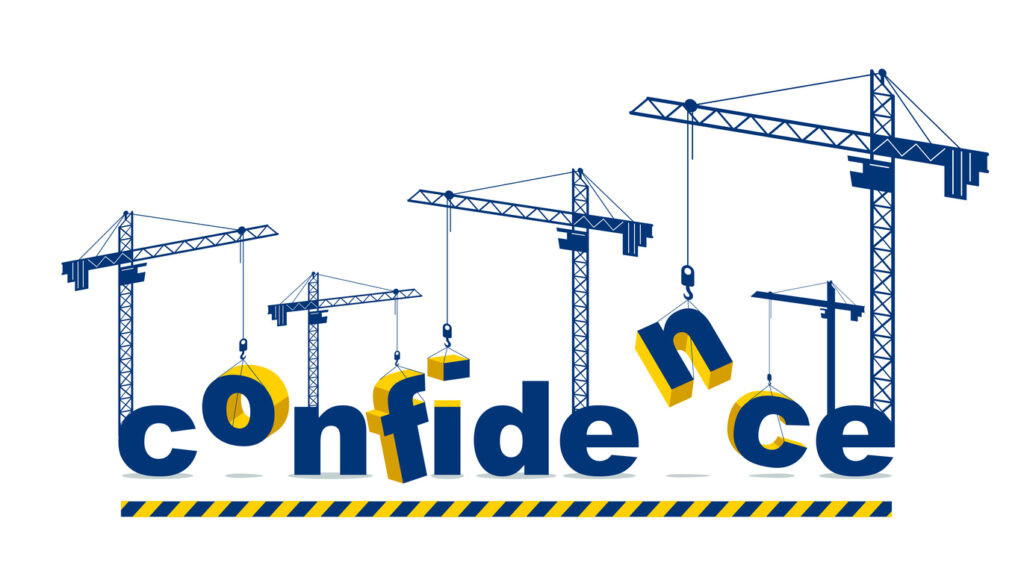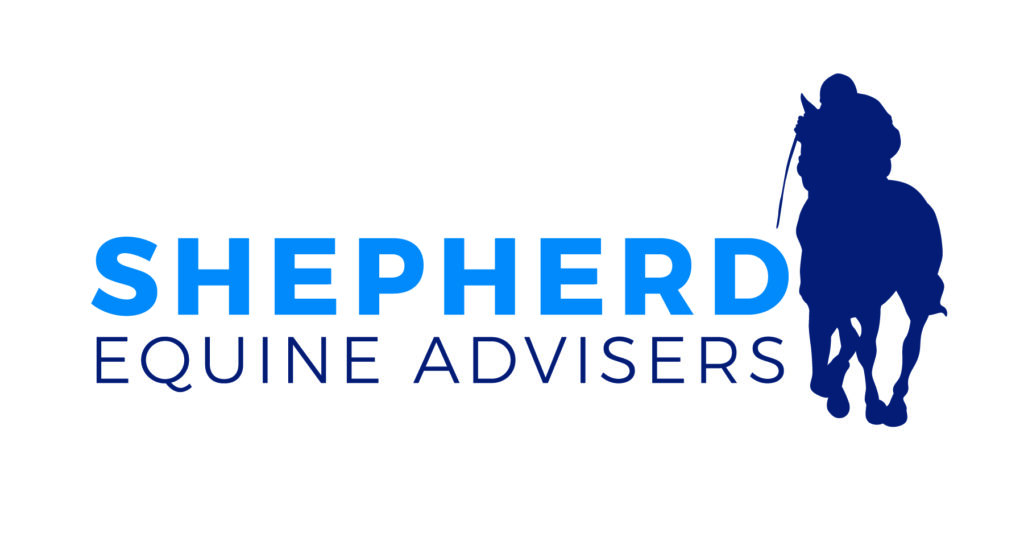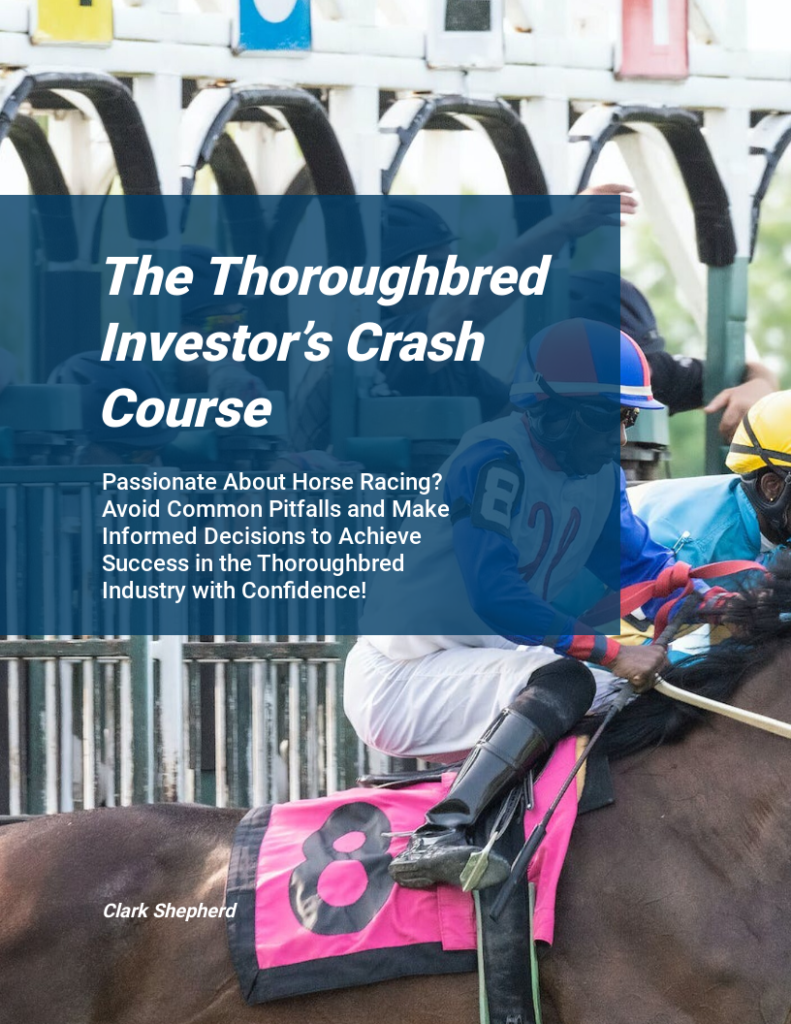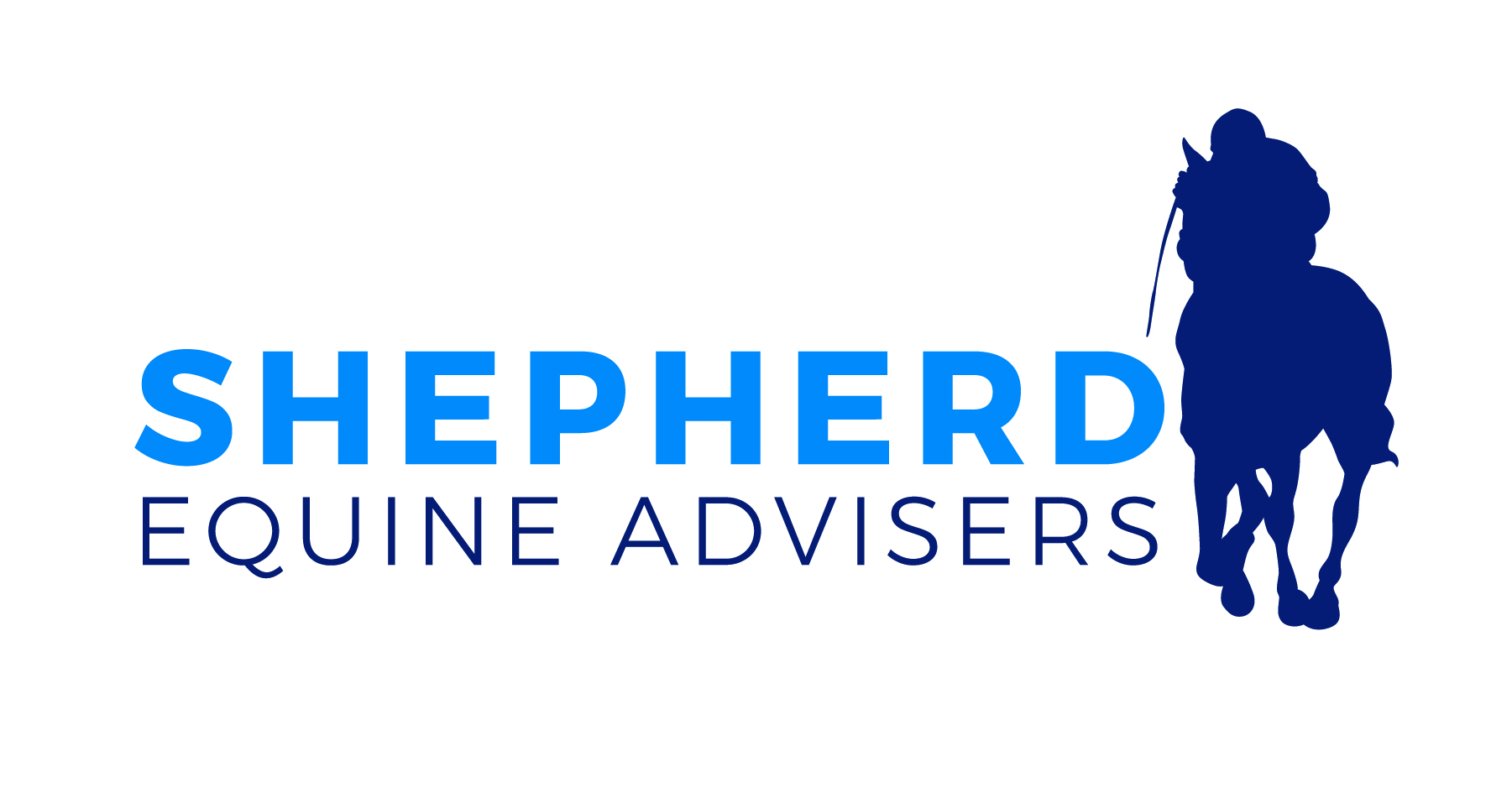For new investors, investing in thoroughbreds can be thrilling, but it’s a venture that requires more than just passion. Without the right guidance, the excitement can quickly turn into confusion and financial loss.
New investors often find themselves overwhelmed by the industry’s complexities, leading to poor decisions. This is where empathy plays a crucial role.
By stepping into the shoes of new investors, guiding them with care, and providing clear, actionable advice, we can ensure they make smart, informed decisions that lead to success.

Understanding the New Investor’s Perspective
Every new investor in the thoroughbred industry faces a steep learning curve. The jargon, the strategies, the risks—it’s a lot to take in.
Imagine walking into a yearling sale without knowing what makes a horse a good investment. It’s easy to get lost, overwhelmed, and make hasty decisions.
The key to guiding these individuals lies in understanding their fears, their goals, and their confusion. They don’t just need information; they need someone who can simplify the complexities and guide them step by step.

The Value of Empathy in Guidance
Empathy isn’t just about being nice; it’s about truly understanding the struggles of others and providing solutions that resonate. In thoroughbred investing, this means recognizing that new investors might not know the difference between a pedigree that’s a sure bet and one that’s a gamble.
They might be dazzled by a horse’s appearance but miss crucial flaws in conformation. By empathizing with their position, we can offer tailored advice that helps them see the bigger picture, avoid common pitfalls, and feel supported in their decisions.

Providing Clear, Actionable Steps for New Investors
To help new investors make informed decisions, we need to break down the process into clear, actionable steps. For example, when evaluating a horse, don’t just say “check its pedigree.”
Instead, walk them through what to look for: “Start by examining the sire’s race record. Look for consistency in performance and any signs of durability. Next, consider the dam’s breeding history—has she produced successful racehorses? If not, dig deeper to understand why.”
This level of detail not only educates but empowers investors to make decisions based on solid criteria.

Making Informed Decisions: A Three-Step Approach
Here’s how new investors can start making informed decisions:
- Educate Yourself on Pedigrees: Understanding a horse’s pedigree is crucial. Research the sire and dam, their race records, and their progeny’s success. This will give you a sense of the horse’s potential on the track.
- Learn to Assess Conformation: A horse’s physical structure can indicate its racing capabilities. Look for balance, strong legs, and a powerful stride. Avoid horses with visible flaws like weak ankles or a shallow chest, which could lead to injuries.
- Seek Expert Guidance: Don’t go it alone. Consult with experienced bloodstock agents or trainers who can offer insights that you might miss. Their experience is invaluable, especially when you’re starting out.
By following these steps, new investors can minimize risks and increase their chances of success.

Reinforcing with Real-World Examples of New Investors
Consider the story of a novice investor who purchased a yearling based solely on appearance. The horse looked strong and agile, but its pedigree suggested otherwise.
Without proper guidance, the investor didn’t realize the significance of the horse’s dam being a non-producer. The result? A horse that never lived up to its potential, leading to disappointment and financial loss.
On the other hand, an investor who took the time to study pedigrees and sought expert advice ended up purchasing a horse with a modest appearance but strong bloodlines—resulting in a profitable racing career. The difference lies in the approach: informed decision-making backed by empathy and expert guidance.

Building Confidence Through Support
One of the biggest challenges for new investors is confidence. It’s daunting to make decisions involving large sums of money without the certainty that you’re making the right call.
By offering continuous support—whether through one-on-one consultations, educational resources, or simply being available to answer questions—we can help new investors build the confidence they need to make sound decisions. This support system is crucial in transforming their uncertainty into informed, decisive actions.

The Role of Mentorship in Long-Term Success for New Investors
Mentorship is more than just offering advice; it’s about forming a relationship based on trust and shared goals. In thoroughbred investing, a mentor can provide insights that only come with years of experience.
For example, understanding market trends, knowing which bloodlines are currently undervalued, or spotting potential issues in a horse’s early training—all of these insights can significantly impact an investor’s success. A mentor doesn’t just tell you what to do; they teach you how to think like an investor, ensuring long-term success in the industry.

Creating a Template for Smart Investing
To make the process even easier, here’s a simple template new investors can use when considering a purchase:
- Pedigree Analysis: Research the sire and dam’s race records. Are they consistent? Have they produced successful offspring?
- Conformation Check: Evaluate the horse’s physical traits. Is the horse well-balanced with strong legs? Avoid any obvious flaws.
- Market Research: Look at recent sales trends. Are similar horses selling for higher or lower prices? Use this information to assess value.
- Consult Experts: Before making a final decision, discuss your findings with a trusted bloodstock agent or trainer.
This template serves as a roadmap, helping investors make informed decisions with each new opportunity.

Conclusion: The Power of Empathy in Investing
In the world of thoroughbred investing, empathy is more than just a nice-to-have trait; it’s a necessity. By truly understanding the challenges new investors face and providing them with clear, actionable guidance, we can help them navigate the complexities of the industry with confidence.
The result? Informed, successful investments that lead to long-term satisfaction and financial gain. So, if you’re considering or beginning to invest in thoroughbreds, remember that the key to success lies not just in the horses you buy, but in the guidance and support you seek along the way.

Discover the essentials of thoroughbred investing in just 5 days!
This email course covers breeding basics, smart buying strategies & industry best practices.
Gain the knowledge & confidence to make informed decisions.
Sign up now & start today!
The Thoroughbred Investor’s Crash Course (thoroughbredinvestorguide.com)







Recent Comments